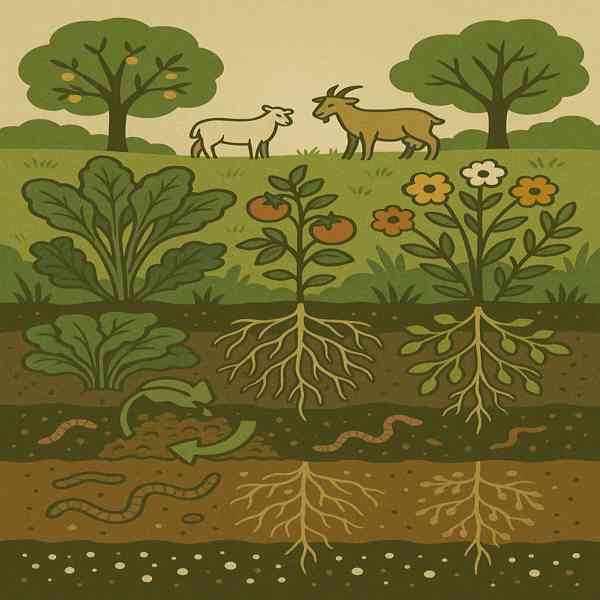How Agriculture and Forestry Drive Environmental Sustainability
How Agriculture and Forestry Drive Environmental Sustainability
Blog Article

Agriculture and forestry are essential fields that support both environmental balance.
As technology and sustainability become more important, both agriculture and forestry are evolving to increase productivity.
Understanding Agriculture
Agriculture is the practice of growing crops and rearing animals.
Main components of agriculture include:
- Cultivating grains, vegetables, and fruits
- Raising livestock for meat, milk, and wool
- Agroforestry
- Reducing chemical use and preserving soil
Modern agriculture aims to minimize environmental impact through innovation and technology.
The Importance of Forest Management
Forestry involves the care, management, and conservation of forest resources.
Core aspects of sustainable forestry:
- Silviculture
- Preserving ecosystems and wildlife
- Timber harvesting
- Improving urban air quality
Responsible forestry practices help combat climate change.
Green Innovations for Better Outcomes
Sustainability in agriculture and forestry is crucial as environmental issues become more demanding.
Sustainable methods to consider:
- Preserving organic matter and preventing erosion
- Integrating natural cycles into farming
- Maintaining forest structure and diversity
- Reforestation and afforestation
By embracing these practices, farmers and foresters can protect natural resources.
Major Issues to Address
Despite their importance, both agriculture and forestry face numerous challenges related to technological integration and public perception.
Main challenges include:
- Loss of fertility and structure
- Efficient water management is crucial
- Deforestation and habitat loss
- Fluctuating prices for crops and timber
Addressing these challenges requires collaborative efforts from stakeholders.
Technological Advances in Agriculture and Forestry
Technology is revolutionizing both agriculture and forestry, making operations less labor-intensive.
Key tech trends in the industry:
- Precision farming
- Monitoring crop health and forest cover
- Enhancing resistance and productivity
- Smarter resource allocation
Integrating technology ensures that both agriculture and forestry keep pace with global demands.
Conclusion
Agriculture and forestry remain fundamental. check here
To sustain these industries for the future, it is vital to balance economic and environmental goals.
Report this page